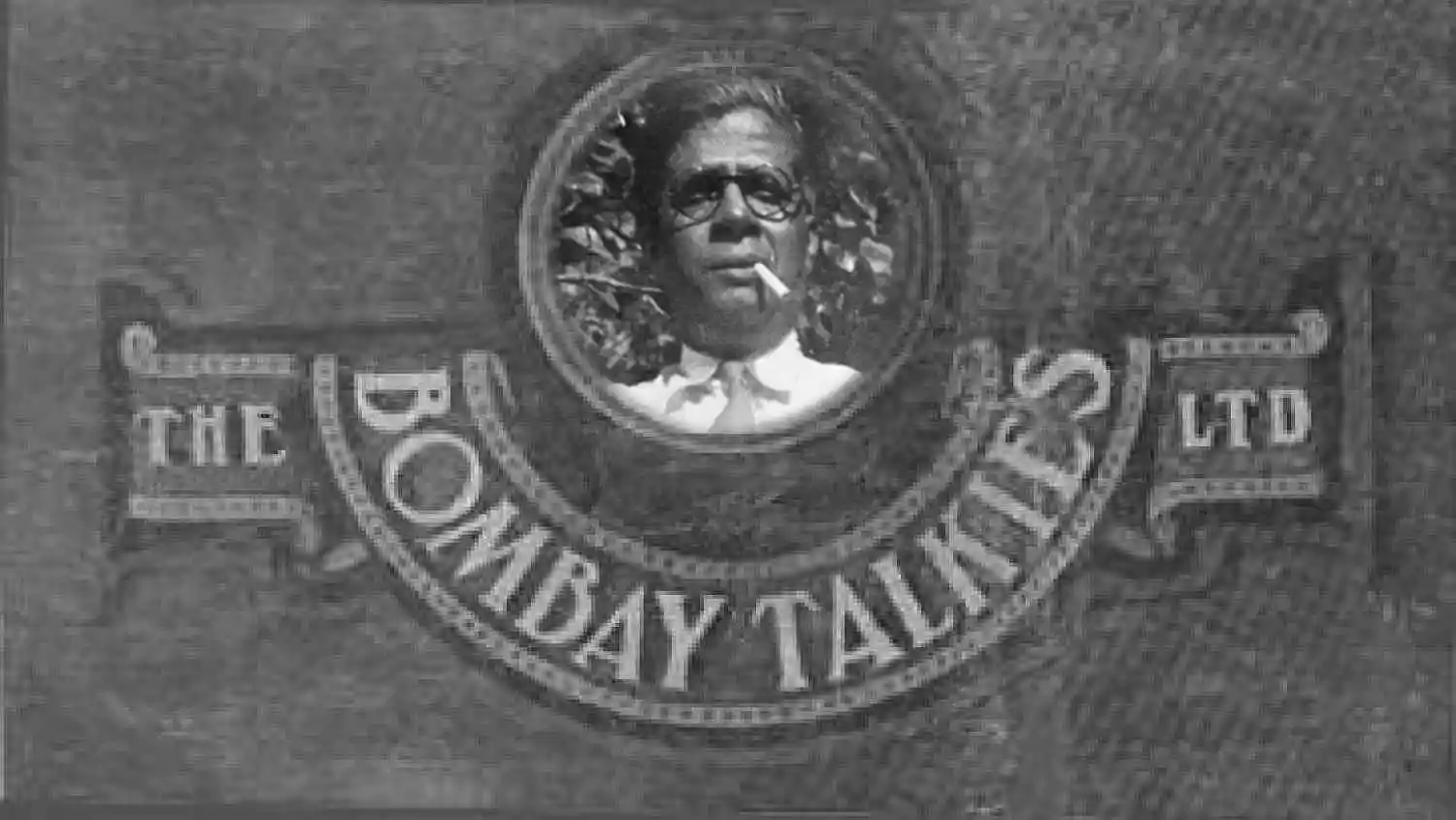The Visionary Who Unleashed the Potential of Indian Cinema
Today's mammoth Indian film industry owes much of its success to the visionary perspective of Niranjan Pal. Without his foresight of what Indian cinema could be and his effort to tap into its undiscovered potential, it is difficult to fathom how massive the landscape of cinema is today.

Niranjan Pal was part of Bombay Talkies, a famed Indian film studio; Source: Cinestaan
Between 1934 and 1954, Bombay Talkies emerged as one of the most influential Indian film studios. The movies produced by this studio reflected contemporary themes, resonating with audiences. Experimental dramas and comedies were made, delving into subjects like the caste system and the evolving role of women. It was within these films that the iconic song and dance sequences, now synonymous with Indian cinema, found their origins.
Himanshu Rai and Niranjan Pal embarked on their creative journey together, starting as members of a travelling theatre troupe performing plays across Britain. Pal, the principal scriptwriter, joined forces with Rai, who secured funding and also acted in the plays and later, films. Together they created three silent blockbusters—The Light of Asia, Shiraz, and A Throw of Dice.
In 1934, Himanshu returned to Bombay accompanied by his wife Devika Rani to establish Bombay Talkies. They were joined by Franz Osten and Joseph Wirsching, who had already collaborated with Himanshu on the silent films, and Pal, his close friend and screenwriter.
Niranjan Pal, son of freedom fighter Bipin Chandra Pal, is considered one of the founding fathers of Indian cinema. He possessed an extraordinary ability to uncover the untapped potential of cinema and played a vital role in shaping it into the flourishing industry it is today.
Active in the freedom struggle alongside his father and luminaries such as Bal Gangadhar Tilak, Lala Lajpat Rai, and Aurobindo Ghosh, Pal later relocated to London as a student. However, his commitment to his homeland never wavered. He chose to work in theatre, carrying with him a fervent desire to showcase India’s glory on the silver screen.
His 1913 essay, "Cinematography and its Prospects," was remarkably futuristic. Delving into the realm of cinema at the time, Pal explored the potential of this burgeoning industry, envisioning how it could serve as a catalyst for national service and change. He drew parallels with the thriving film business in America, which provided employment opportunities to thousands and elevated their living standards.
"A little money is required to start a Cinematograph business and much money may be made out of it."
Pal meticulously outlined the approximate costs of establishing a cinema hall in India, taking into account expenses, wages, and ticket revenue. He viewed filmmaking as a more profitable endeavour than merely setting up a cinema hall.
"Apart from all commercialism in the Cinema trade, one great thing can be achieved for the good of India: *this is to present her before the world as she really is—her culture and her people in their daily life.*It will certainly serve to change the idea many foreigners have that Indians are a kind of semi-civilized people and have hideous manners."
Driven by an ardent passion for cinema, Pal sought to tell untold stories, offering a fresh perspective on India to the world—one that defied stereotypes and portrayed his country as a land of peace and contentment. These were the core ideas he aimed to convey through his storytelling.
Pal considered it “a great service to the country” if people considered cinematography as a serious enterprise. He wondered if India would ever realise the endless possibilities that cinema offered, both as an educational medium and a commercial venture. He would undoubtedly take pride in witnessing the progress Indian cinema has achieved today, a testament to his visionary outlook and pioneering efforts.


